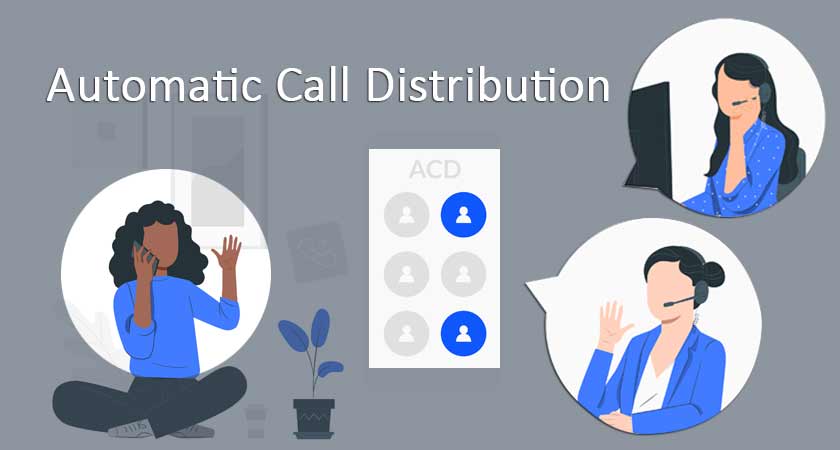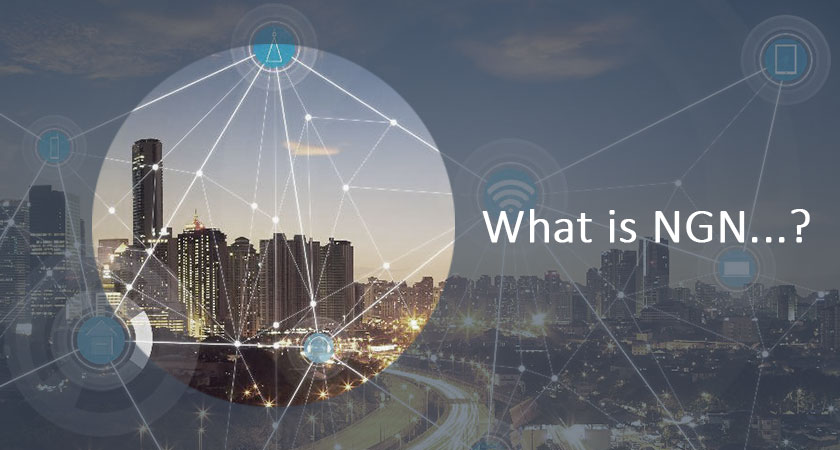What is a Soft Switch? Advantages and applications of Soft Switch in the network
This article intends to explain the concept of soft Switch and examine its advantages and applications in the network.
Soft Switch is one of the primary units of the NGN network. This section has call processing rules and uses Media Gateway and Signaling Gateway for this operation. The soft Switch is also responsible for setting up the call (call setup) and interrupting the call (teardown) and serves as an interface for the OSS and BSS systems. Soft Switch is often referred to as Call Agent and Media Gateway Controller.
Soft Switch controls media gateways according to call control model and Handle Signaling and supports standard protocols for Media Gateway, application server, and recording terminal (including AAA. Also call routing according to IP naming scheme). Call signaling (SIP, H.323, ISUP) and (OA&M Logging), alarms, executive management, and charging are done by the soft Switch. Communicates with media gateways and media servers via SIP and MGCP interfaces, providing an API standard for rapid deployment, support for SS7 gateway signaling (including ISUP and TCAP protocols) for interaction with legacy networks (PSTN), System.
What is soft switch?
You may be wondering what a Soft Switch is. In other words, a Soft Switch is a set of technologies that operate a switch to establish an end-to-end connection. Hence, a soft switch can interact with an orbital switch. Soft Switch is one of the most critical technologies that causes circuit technology transfer to the packet. The system uses software to communicate between devices, transmit voice and data traffic, and route calls across various networks.
What are the advantages and applications of a soft switch:
Soft Switch has many advantages and applications, so Soft Switch has many fans in the world. Here are some of its benefits and applications:
- Generate new revenue for service providers and operators
- Design based on open standards
- Provide interfaces for Provisioning, Network Management, and Billing Systems
- Ability to transfer call control to other network elements
- Flexibility (this advantage leads to the development of telephone equipment with scheduling capability)
- It is expanding various types of e-commerce that can be accessed and exploited through newer equipment.
- Easy integration of dissimilar networks and network elements
- Reduce development, deployment, and ownership costs
- Unified Messaging
Soft switch technology has many applications and can connect to the Internet, wireless, cable, and traditional telephone networks and interact with an orbital switch. Services that can be supported include audio, video, fax, and new services available in the future. End-to-end equipment includes IP telephones, computers, PADs, beepers, pagers, video conferencing terminals, and much more. The technology also covers IP, wireless, cable, and broadband networks.
Using the soft Switch, the system communication plan, numbering system, and the telephone billing mechanism will be available through other networks. The traditional telephone network transmits voice data using Class5 and Class4 circuit breakers with TDM technology. The network also uses SS7 signaling for call setup and teardown and integrates with the IP network via key soft switch elements. These elements include Media Gateways that transmit audio information and Signaling Gateways that share signaling information between different networks. For example, a private IP network is used to send voice traffic. Most soft switches support Class4 switches, Toll Centers switches, Central Office switches (Class 5 switches), and value-added services.
With the evolution of the Internet and e-commerce, service is provided by network operators, Internet service providers, network service providers, and application service providers. Integrating communications and services across network segments makes the soft Switch suitable for these businesses and applications.
Soft Switch can be introduced as a set of technologies that provide next-generation telecommunications services based on open standards. This model is entirely different from the traditional model in which services, call control, and transmission hardware are separated. Separating call control and services from the transmission infrastructure network is the key that enables Soft Switch network features. Support for standard signaling interfaces that provide seamless connectivity between traditional PSTNs and next-generation networks (NGNs) ensures a smooth transition for operators. Voice over Packet transmission of frameworks and cellular networks creates enormous market opportunities for similar manufacturers and retailers. Soft Switch supports a wide range of services. It is essential to understand the business focus of switching applications to select the most appropriate investment services for maximum return on investment on the soft Switch.
Class 5 switches can support up to 3,000 advanced services. Some of these advanced services include Caller ID, Call hold, Call forwarding, Call Waiting, tripartite, and multilateral conferences.
The evolution of the Internet's use in telephone systems has led to the creation of new services such as Click-To-Dial and Internet Call Waiting. These features are already offered by several companies.
Combining the telephone network with wireless networks and cable networks has created the best opportunity to provide value-added services. These services will have the most Support with soft switch access. Most soft switch services are usually profitable; there are many variations in call plans, group plans, business agreements with external service providers, usage rates, and connection circuits. Working with the existing Support-Maintenance System (OSS) is required to handle many types of operational details and the Business Support Systems (BSS) that do the actual billing. The flexibility of soft switch technology allows a Provider to support a variety of billing options.
Soft Switch can support standard features of subscribers' telephone systems such as Call Forwarding, Consultation Hold, etc., as provided in the landline phone list.
Other services that can be provided by Soft Switch include the following:
Necessary calls: This service provides the network with emergency service facilities by exchanging sufficient information such as details and its geographical location via GPS communications by the caller to rescue services such as fire and police. Soft-switch technology can enable emergency services by informing or alerting neighbors, city volunteers, city news, and relief information systems. Warning messages are delivered via Pagers and Emails, Instant Messages, etc.
Virtual Call Center: A Traditional Call Center consists of agencies or representatives gathered together in a room. A Virtual Call Center is an automated call distribution facility with a computer facility that serves many customers and provides services such as purchase request processing, support services, or telemarketing activities. With the expansion of communication, call centers have been used for broader activities, and virtual call centers have become more public. Soft switches help to expand virtual call centers to work with IP networks that are cost-effective.



